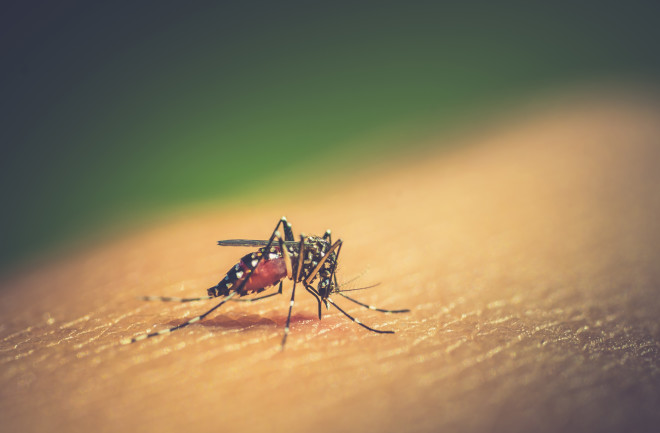This article appeared in the January/February 2022 issue of Discover magazine. Become a subscriber for unlimited access to our archive.
Malaria Vaccines Could Be Game-Changers
A newly approved formula — and its rival — hold promise for those battling the deadly disease.
Dec 28, 2021 8:00 AMDec 29, 2021 3:19 PM

(Credit: ToryChemistry/Shutterstock)
Newsletter
Sign up for our email newsletter for the latest science news
0 free articles left
Want More? Get unlimited access for as low as $1.99/month
Stay Curious
Sign up for our weekly newsletter and unlock one more article for free.
View our Privacy Policy
Want more?
Keep reading for as low as $1.99!
Already a subscriber?
Find my Subscription
More From Discover
Stay Curious
Subscribe
To The Magazine
Save up to 40% off the cover price when you subscribe to Discover magazine.
Copyright © 2025 LabX Media Group
